Cloud FinOps: Driving Financial Accountability in the Cloud
As businesses migrate workloads to the cloud, managing costs has become just as critical as scaling applications. While the cloud promises agility and flexibility, it also brings the challenge of unpredictable spending. This is where Cloud FinOps comes in—a practice that combines finance, operations, and engineering to optimize cloud costs while ensuring innovation doesn’t slow down.
What is Cloud FinOps?
Cloud FinOps (short for Cloud Financial Operations) is a cultural and operational framework that helps organizations gain visibility, control, and accountability over their cloud expenses. It’s not just about cutting costs but about aligning financial responsibility with cloud usage, enabling teams to make informed decisions without compromising performance or speed.
Why Cloud FinOps Matters
-
Rising Cloud Complexity – Multi-cloud and hybrid cloud architectures make tracking spend harder.
-
Unpredictable Billing Models – Pay-as-you-go pricing can spiral out of control without governance.
-
Business Agility vs. Cost Control – Companies need to balance innovation with financial discipline.
By adopting Cloud FinOps, organizations can:
-
Drive cost transparency and accountability.
-
Optimize cloud resources through rightsizing and automation.
-
Enable cross-team collaboration between finance, IT, and business units.
-
Improve forecasting and budgeting for cloud projects.
Core Principles of Cloud FinOps
-
Visibility – Real-time insights into who spends what and why.
-
Optimization – Continuously right-size resources and eliminate waste.
-
Collaboration – Shared responsibility between finance, IT, and business teams.
-
Accountability – Teams own their cloud spend and outcomes.
Best Practices for Implementing Cloud FinOps
-
Tagging & Resource Tracking – Properly tag workloads to allocate costs to teams or projects.
-
Establish Budgets & Alerts – Prevent overspending with proactive budget controls.
-
Leverage Automation – Use cloud-native tools and AI to optimize scaling and resource allocation.
-
Foster a FinOps Culture – Encourage engineers and product teams to consider cost as a key metric.
Frequently Asked Questions (FAQs)
Q1: Is Cloud FinOps only about reducing cloud costs?
No. Cloud FinOps is about achieving value for money in the cloud. It balances innovation, speed, and cost efficiency rather than just cutting expenses.
Q2: Who is responsible for Cloud FinOps in an organization?
It’s a shared responsibility between finance, engineering, operations, and product teams. Everyone involved in using cloud resources plays a role in financial accountability.
Q3: Do I need special tools for Cloud FinOps?
While you can start with cloud provider cost dashboards, many organizations adopt third-party FinOps platforms (like CloudHealth, Apptio, or Spot.io) for deeper insights, automation, and governance.
Q4: How does Cloud FinOps work in multi-cloud environments?
FinOps frameworks can unify cost visibility across AWS, Azure, Google Cloud, and others—helping organizations standardize reporting and optimize spend across providers.
Q5: Is Cloud FinOps relevant for small businesses?
Yes. Even startups can benefit from FinOps practices by setting cost governance early, preventing unnecessary overspending, and ensuring scalability with financial discipline.













 2025. All rights reserved
2025. All rights reserved